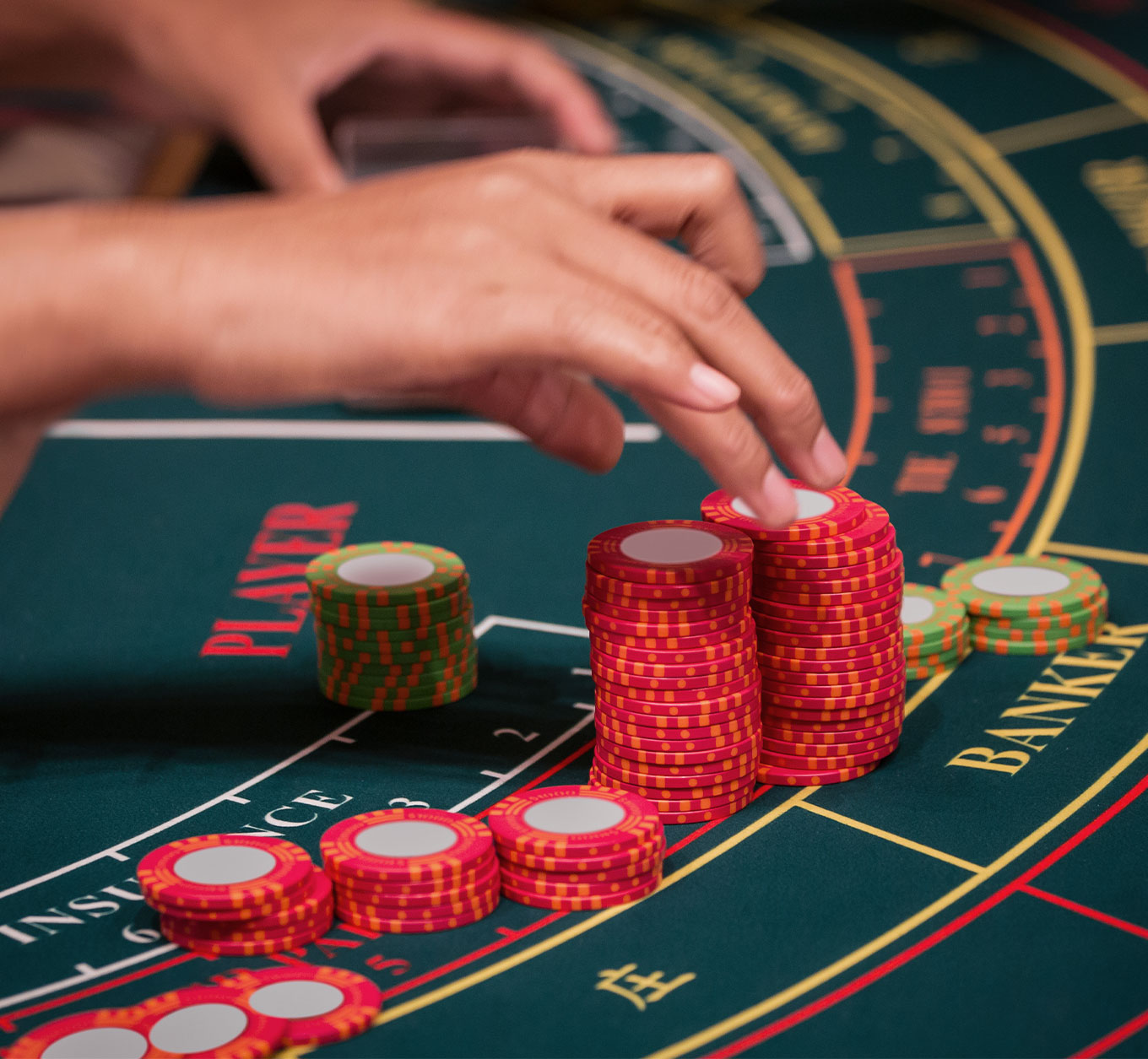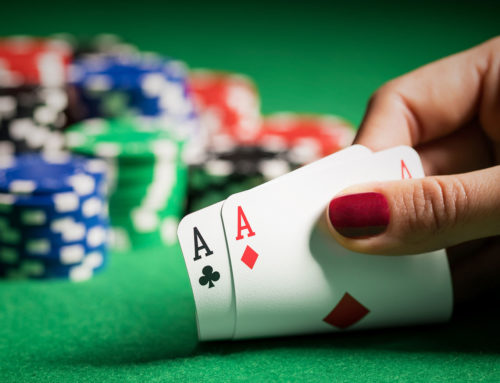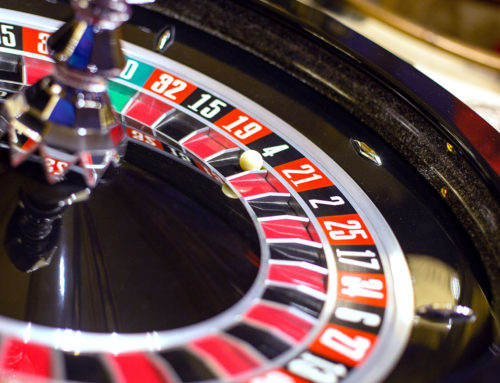Contrary to what people believe, Baccarat is one of the most uncomplicated games in a casino. People tend to stay away from it, thinking that the rules and the gameplay are complex and difficult to understand. This couldn’t be further from the truth, and in fact, the player need not concern themselves with the complexities of the game. The croupier takes care of all the dirty work. Learn how to play baccarat in this easy-to-understand guide.
Gameplay
Irrespective of the number of players at a baccarat table, only two hands are dealt: the bank hand and the player hand. Before the cards are dealt, you place a bet on which hand you think will come closest to a total of nine. The bet options are:
- The bank hand
- The player hand
- A tie (both hands will have the same total)
The main objective is to guess, out of the bank or the player hand, which will be closest to 9.
Rules
- Players place their bets around the table.
- The dealer deals two hands comprising two cards each to player hand and bank hand.
- Face cards and tens have a count of zero, and aces count as one. All other cards count their face value.
- If the count of a hand exceeds 9, the total is adjusted by dropping the first digit, i.e. 15 becomes 5, 10 becomes 0, etc.
- There are house rules that determine whether the bank or player hand receives a third draw card. No more than three cards are dealt.
- Players who wager on a winning player hand receive a 1:1 payoff
- Players who wager on a winning bank hand receive a 1:1 payoff, but must pay a 5% commission.
- Players who have placed a wager on the tie bet will get a payoff of 8:1.
- If either the player hand or the banker is dealt a total of 8 or 9 in the first two cards (known as a natural), then the game is over, and the winning hand is determined on just those cards.
- Any other totals will determine if a third card is drawn
When does the dealer deal a third card?
If there is no natural dealt, the following is true for the player hand:
- If the player hand has a total of from 0 to 5, a third card is dealt to that hand.
- If the player hand has a total of 6 or 7, then no third card is dealt.
The banker hand is the last hand to be acted on. That means that the rules to determine if the player hand should get a third card are consulted first, and then the decision for the banker hand is made. This does give a slight edge to the banker hand.
If the player hand has not been dealt a third card (player stood on 6 or 7), then the same hand rules also apply. Namely:
- If the bank hand has a total of from 0 to 5, a third card is dealt to that hand.
- If the bank hand has a total of 6 or 7, then no third card is dealt.
If the player hand has been dealt a third card, then the following rules apply:
- If the player draws 2 or 3, the banker draws with 0–4 and stands with 5–7.
- If the player draws 4 or 5, the banker draws with 0–5 and stands with 6–7.
- If the player draws 6 or 7, the banker draws with 0–6 and stands with 7.
- If the player draws an 8, the banker draws with 0–2 and stands with 3–7.
- If the player draws an ace, 9, 10, or a face card, the banker draws with 0–3 and stands with 4–7.
It is not necessary for players to understand or even know these rules. They are the most complicated part of baccarat, but without them, it would simply be a game of high-low. They add to the intrigue of the game and certainly make it more interesting. The dealer is the only one who needs to know the particulars of these rules – but it’s a good way for players to get involved.



